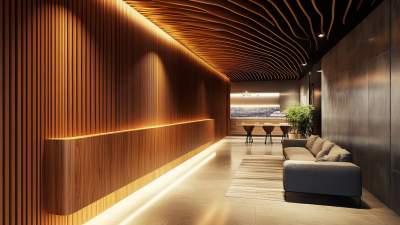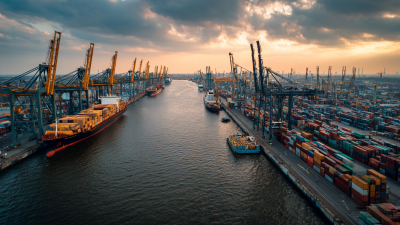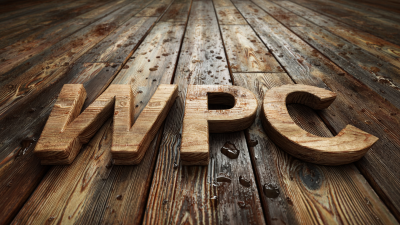Shandong Xiangying New Materials Technology Co., Ltd.
Shandong Xiangying New Materials Technology Co., Ltd.
When embarking on a building project, selecting the right materials is crucial to ensure durability, aesthetic appeal, and sustainability. One increasingly popular choice is the WPC Cladding Wall Panel, a composite material that combines wood fibers and plastic, offering the perfect balance of strength and versatility.
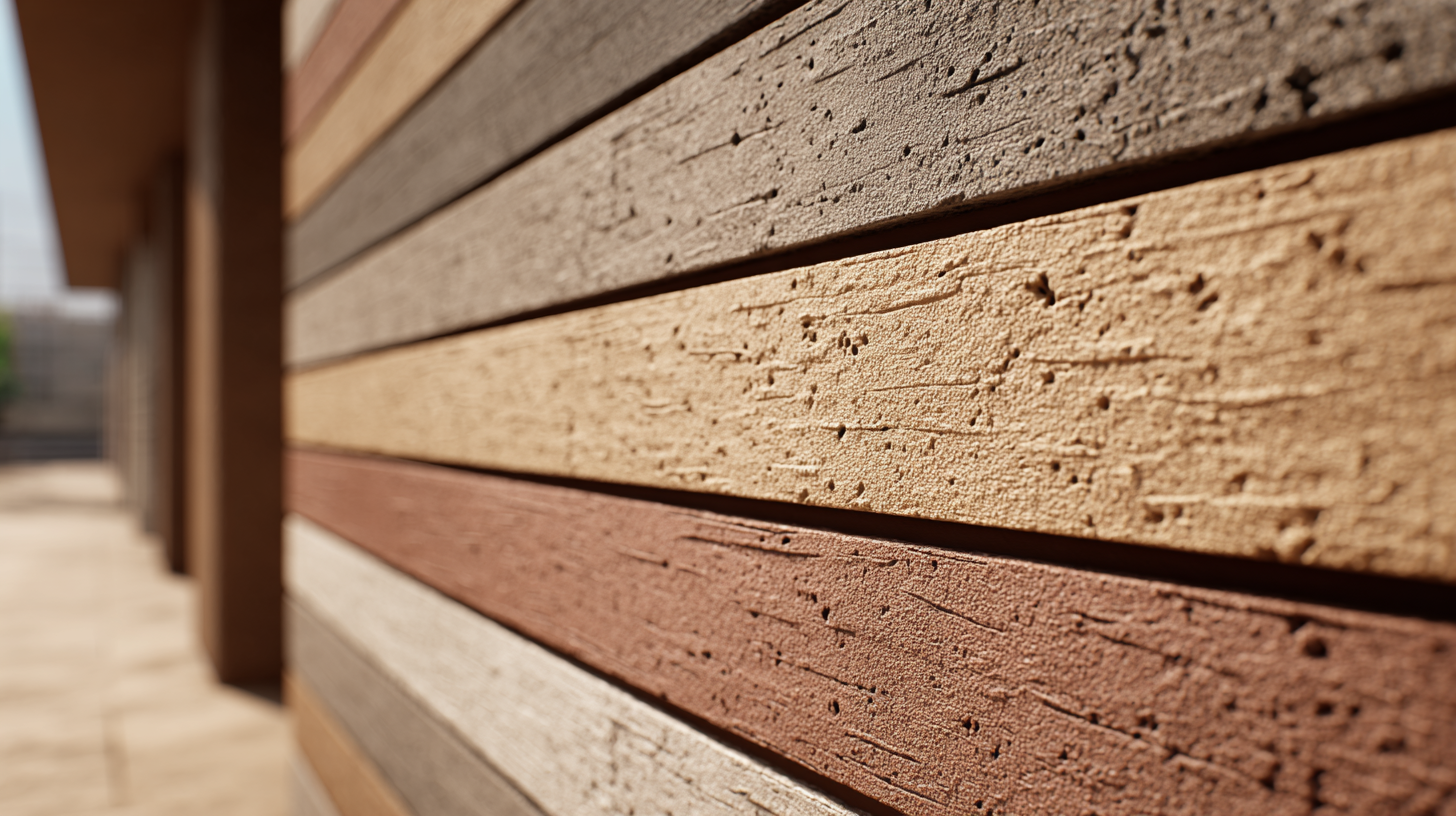
With a variety of types and finishes available, understanding the characteristics of WPC Cladding Wall Panels is essential for making an informed decision. This guide will explore the different types of WPC Cladding Wall Panels, their advantages, and important considerations to take into account when choosing the ideal panel for your project.
Whether you are renovating a residential space or constructing a commercial building, selecting the right WPC Cladding Wall Panel can significantly enhance the overall outcome of your design while providing long-lasting performance.
Choosing the right WPC (Wood Plastic Composite) cladding wall panels for your building project involves several critical factors.
One of the primary considerations is the environmental conditions of the installation site.
For instance, regions with high humidity or frequent rainfall require panels that are resistant to moisture and mold.
Additionally, understanding the thermal properties of the WPC is essential, as panels with good insulation can help maintain energy efficiency within the building.
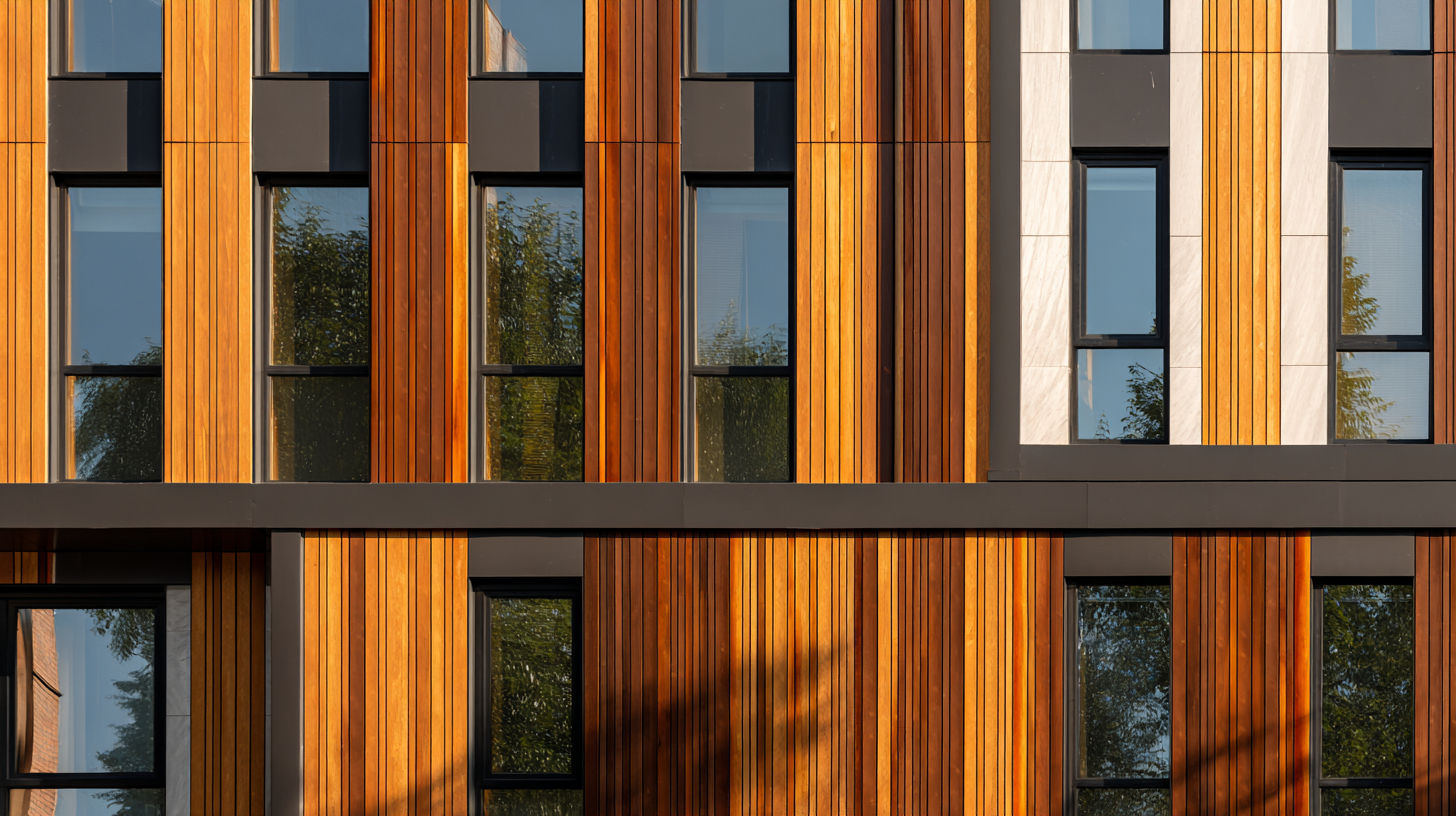 Another significant factor is the aesthetic appeal and style of the WPC cladding.
The available colors, textures, and finishes can greatly impact the overall look of the building.
It’s also important to consider the long-term maintenance requirements; while WPC panels are generally low-maintenance,
selecting one that can withstand UV exposure without fading is crucial.
Finally, the cost and warranty offered by manufacturers should also be evaluated to ensure that you receive quality materials that align with your budget and project goals.
Another significant factor is the aesthetic appeal and style of the WPC cladding.
The available colors, textures, and finishes can greatly impact the overall look of the building.
It’s also important to consider the long-term maintenance requirements; while WPC panels are generally low-maintenance,
selecting one that can withstand UV exposure without fading is crucial.
Finally, the cost and warranty offered by manufacturers should also be evaluated to ensure that you receive quality materials that align with your budget and project goals.
When selecting the right WPC (Wood-Plastic Composite) cladding wall panel for your building project, it’s essential to understand the various types of WPC materials available. These materials often come in diverse formulations, including high-density and low-density options, which impact durability, weight, and installation. High-density WPC panels tend to be more robust and resistant to wear, making them ideal for high-traffic areas, while low-density panels offer easier handling and installation for typical residential use.
Tip: Always consider the environmental impact of your material choice. Look for WPC products that use recycled materials or are sourced from sustainable suppliers to enhance your project’s eco-friendliness.
Additionally, WPC panels are available in different surface treatments and finishes. Some options feature a wood-like texture for aesthetic appeal, while others might have a smoother, more modern look. When selecting your panels, think about the architectural style of your building and the visual effect you wish to achieve.
Tip: Don’t forget to inquire about warranty and maintenance requirements; some WPC cladding options are designed to be low-maintenance, saving you time and costs in the long run.
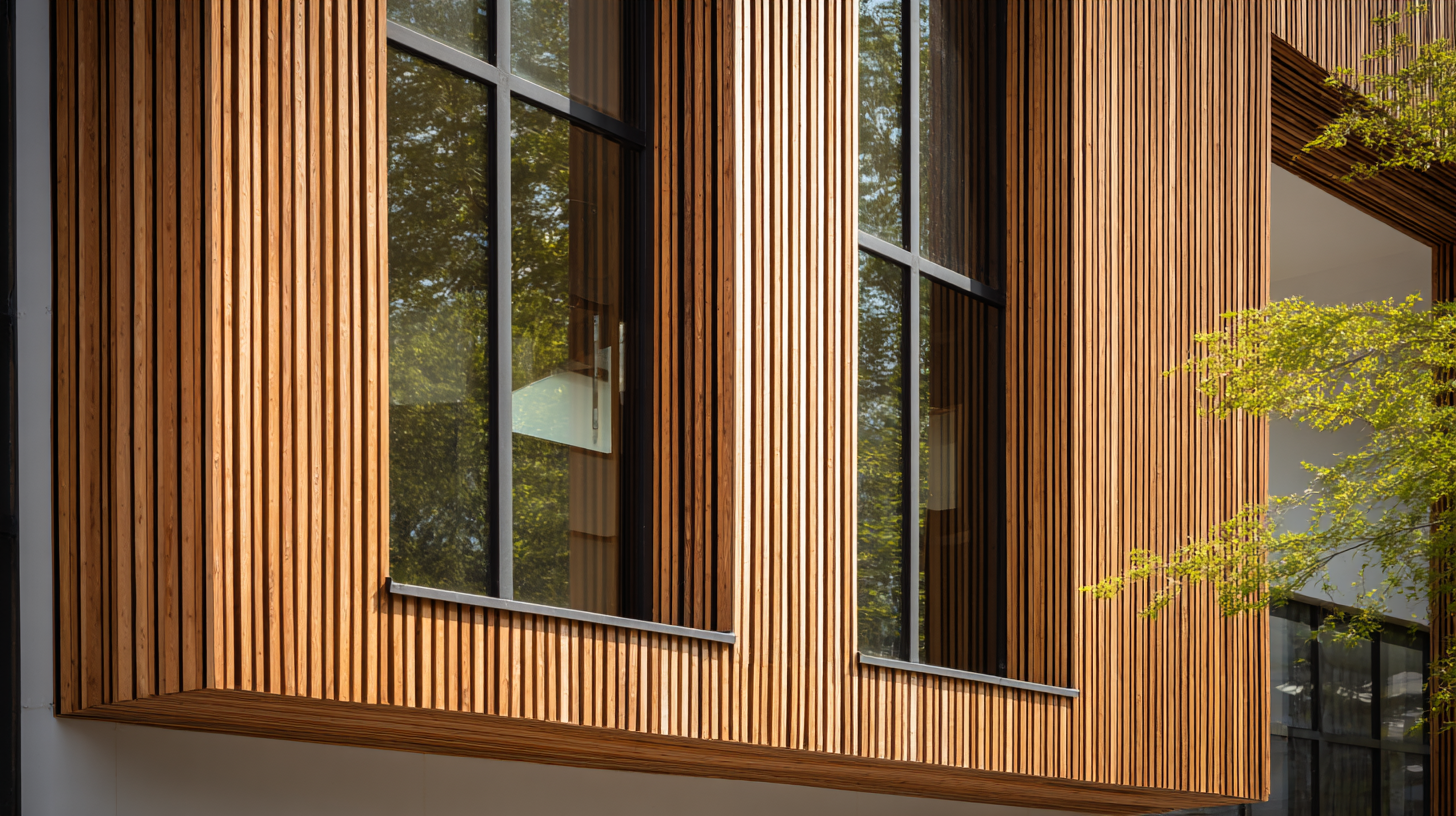
When selecting WPC (Wood-Plastic Composite) cladding for your building project, aesthetics play a crucial role in enhancing the visual appeal of your structure. WPC cladding is available in a variety of colors, textures, and finishes, allowing you to match or complement the architectural style of your building. Consider the existing materials and color scheme of your project; a well-chosen cladding can harmoniously integrate with windows, doors, and roofing to create a cohesive look.
Beyond color, the texture of WPC cladding can also influence the overall ambiance of your project. Whether you prefer a smooth, sleek finish or a more rustic, wood-like appearance, the texture can affect not only aesthetics but also the perception of durability and maintenance. Additionally, you might explore different profiles and dimensions of the cladding panels to introduce unique design elements. By carefully evaluating these aesthetic options, you can achieve a striking balance between beauty and functionality in your building project.
| Parameter | Description | Aesthetic Options | Maintenance |
|---|---|---|---|
| Color | Variety of colors available to match design themes. | Contemporary, Traditional, Natural finishes. | Low maintenance, fade-resistant options. |
| Texture | Surface textures can enhance aesthetics. | Smooth, embossed, or wood-grain textures. | Easy to clean textures available. |
| Size | Different panel sizes offer versatility. | Standard and custom sizes. | Dimensional stability reduces warping. |
| Finishing | Special finishes can enhance the visual appeal. | Painted, stained, or natural finish options. | Minimal upkeep with treated finishes. |
| Sustainability | Made from recycled materials, eco-friendly. | Available in varying sustainable options. | Long durability reduces replacement frequency. |
When choosing WPC (Wood Plastic Composite) cladding wall panels for your building project, assessing durability and maintenance requirements is crucial. WPC panels are known for their resistance to rot, insects, and moisture, making them a long-lasting option compared to traditional wood.
However, not all WPC products are created equal; factors such as the quality of materials used and the manufacturing process can significantly influence durability. It’s important to select panels that are certified for performance, as this ensures they can withstand the environmental conditions of your location.
Maintenance is another critical consideration when selecting WPC cladding. While WPC panels generally require less upkeep than wood, they are not entirely maintenance-free. Regular cleaning to remove dirt and grime will help maintain their appearance and extend their lifespan. Additionally, it’s advisable to check for any potential fading or discoloration over time, as some cheaper options may not offer UV resistance. By understanding these factors, you can make an informed decision on the best WPC cladding that aligns with your project needs, ensuring both durability and minimal maintenance in the long run.
When embarking on a building project involving WPC (Wood-Plastic Composite) cladding, understanding the cost-effectiveness of your choices is essential. WPC cladding can often seem more expensive upfront compared to traditional materials. However, a thorough evaluation of the long-term benefits can reveal significant savings. The durability and low maintenance requirements of WPC products reduce the frequency and cost of replacements, making them a smart investment over time.
Budgeting for your WPC cladding project should encompass not only the material costs but also installation, potential maintenance, and even energy efficiency. By factoring in these elements, you can create a more realistic budget that reflects the true impact of your material choice on overall project expenses. Additionally, exploring various suppliers and comparing prices can ensure that you secure the best deal without compromising on quality. Careful planning and budgeting can help leverage the advantages of WPC cladding while staying within your financial parameters.

